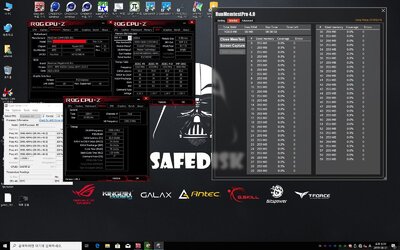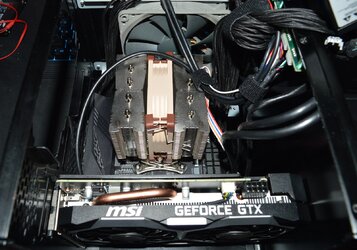- Joined
- Dec 19, 2012
I think most people sort of knew that going in, yes we were hoping for higher overclocks and maybe as the process matures they'll be pumping out better chips but the 3600X is still going to be bottom tier quality that only needs one core to make 4.4 GHz if the others will run 4.1-4.2 then it's an average CPU and still runs above base speed.
I also think a lot will depend on board/BIOS I have tested the same CPU in different boards and one will boost single-core 3900X to 4.6 and another only hits 4.45 same CPU only difference is the motherboard.

 - Intel is going to need to improve it's next CPU.
- Intel is going to need to improve it's next CPU.
